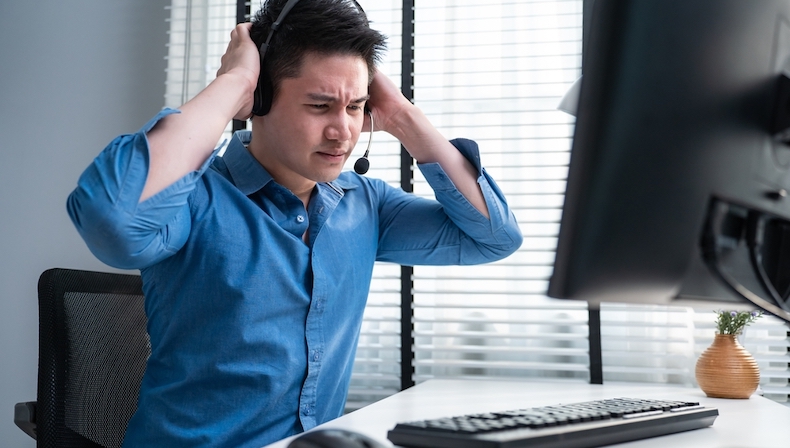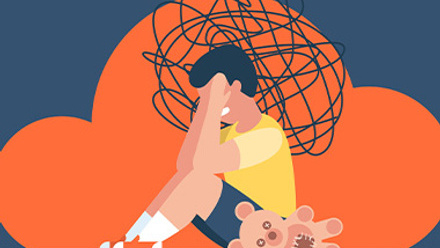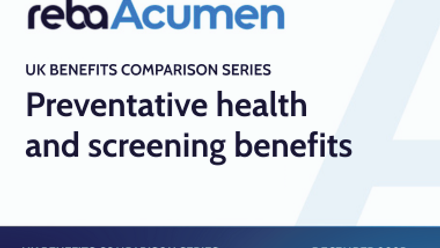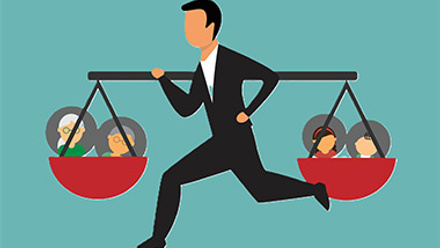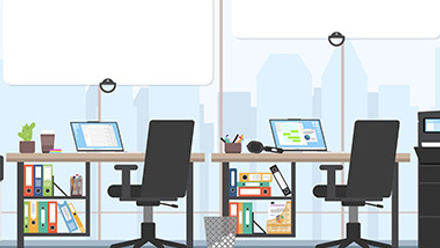Stress puts your workforce at risk - here’s how you can beat it
Last year, stress among working adults reached all-time global highs, with 44% of workers reporting they felt stressed for a large part of the previous day, according to Gallup.
This doesn’t bode well for employees or employers. Long-term and chronic stress don’t just negatively affect our mood, they put mental, physical and organisational health at risk. In the UK, mental health-related business costs (affected by stress) such as turnover, absenteeism and presenteeism totalled £56bn last year alone.
To build and maintain the kind of resilient, productive workforce that ensures lasting business success, employers must continue taking action, supporting employee wellbeing and addressing the root causes and direct and indirect consequences of stress.
The adverse effects of prolonged stress
While stress is a biological reality that evolved to help us survive, persistently high stress levels can lead to anxiety, depression, insomnia, digestive issues, weight gain and loss, skin and hair concerns, heart problems, and more.
And when people are struggling with their mental and physical health, it can be challenging, to say the least, to come in and do their best work. High stress levels also present safety risks in the workplace associated with higher rates of on-the-job accidents, with experts estimating up to 80% of accidents are caused by stress-induced issues such as distraction and sleep problems.
Ongoing sleep issues cause fatigue, a major factor in workplace accidents. Workers with sleep problems have a 60% greater chance of being injured on the job.
Equipping workers with the resources and tools they need to cope with stress is a pressing safety issue – not just a nice-to-have or an added value to consider in your pursuit of a more positive team culture.
How to help employees handle stress
Working adults spend most of their waking hours at work. This puts employers in a unique position to support employees’ mental wellbeing support and help them handle stress. The first step is education.
Educating people in your organisation from the top down on the signs of stress and poor mental wellbeing and how these impact our ability to show up, stay well and do the work can help your workforce and your organisation to flourish.
Make a point of asking staff how they’re feeling and train line managers to do the same. Of course, checking in works best if you can pair it with action – equip leaders by making sure they know how to redirect workers to available benefits and resources to support their mental health and wellbeing.
Beyond benefits and resources, you may also want to ensure team leads know how to help reduce stress for their teams. Some easy options include avoiding back-to-back meetings and scheduling shorter meetings generally and giving people more opportunities to connect with their colleagues, laugh, take a break and get outside.
Managers can encourage workers to take their lunch breaks, finish on time and take annual leave – and lead by example by doing the same.
To learn more about how mental health and stress are impacting your workplace, download Koa Health’s Stress Awareness Toolkit.
Supplied by REBA Associate Member, Koa Health
At Koa Health, we believe digital mental health solutions are the answer to mental health issues.

